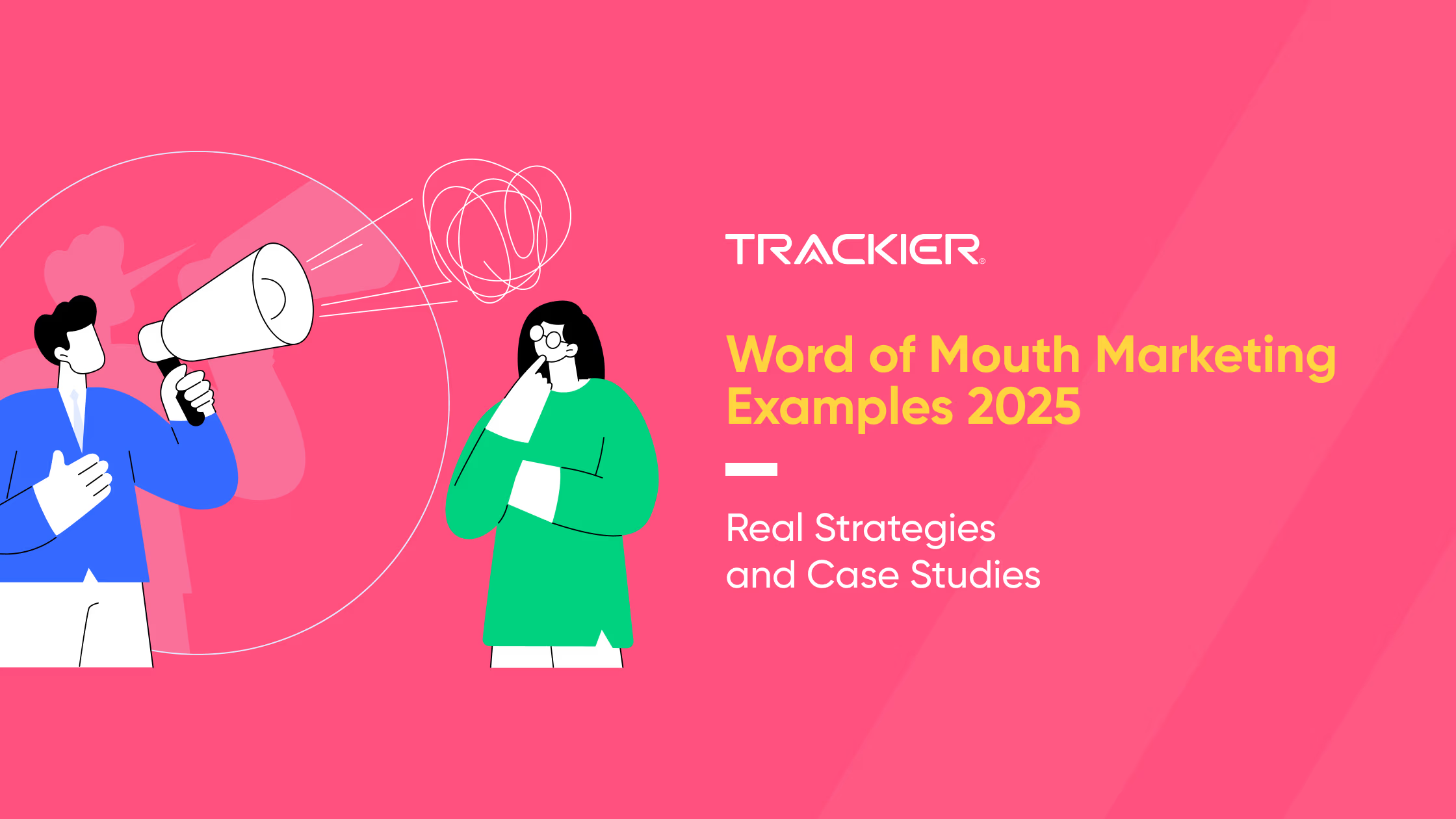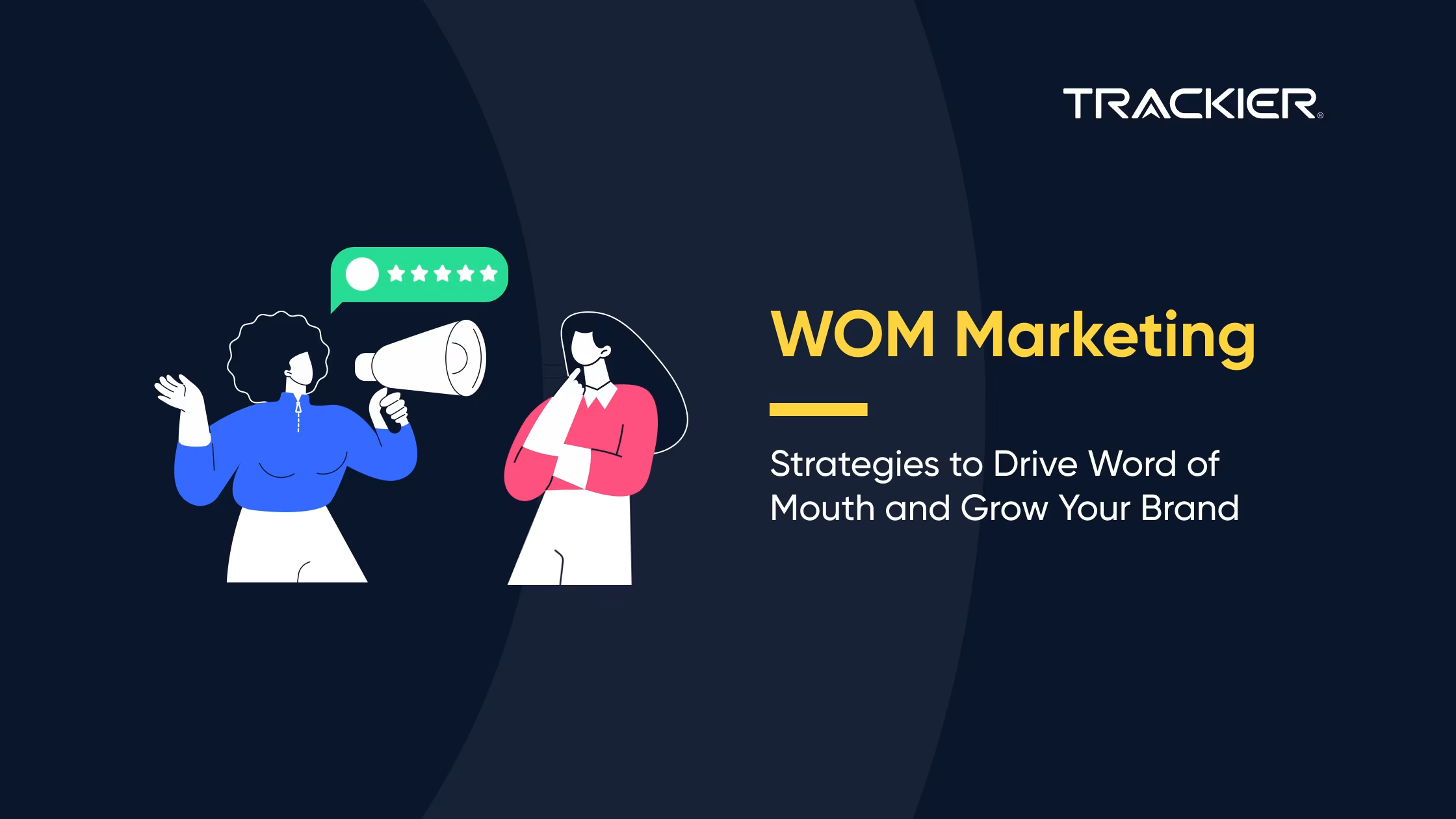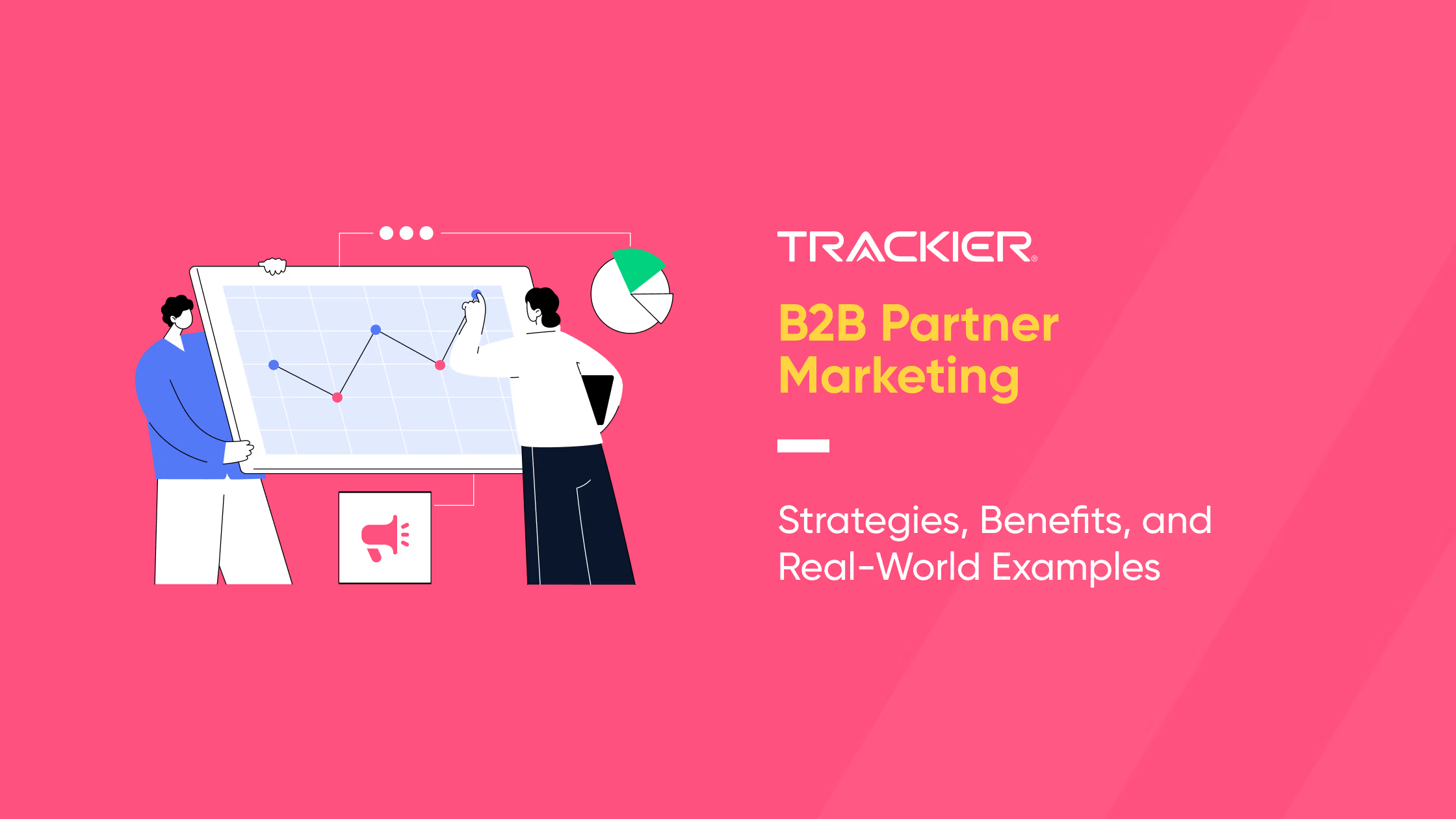Word of mouth marketing examples are everywhere, from a colleague in the office recommending a new app, customers posting unboxing videos on Instagram, or people enthusiastically sharing a show they are binge-watching on Netflix.
The stats show that word of mouth marketing examples often surpass paid advertising; according to a recent report by Nielsen, 88% of consumers trust personal recommendations above all other methods.
A recommendation builds trust with an audience that can cut through advertising fatigue and gets buyers closer to the conversion point. Whereas more traditional marketing tactics are, by their nature, damaging to an audience’s credibility, in the media ecosystem we live in, word of mouth marketing turns conversations into conversions and can lower the cost of acquiring customers.
Throughout this blog, you’ll see how leading brands, from D2C startups to enterprise SaaS companies, have turned everyday conversations into big sales. We’ll provide you with the latest statistics, true case studies, how Trackier can help, and actionable tips that will help you turn these conversations into your own word-of-mouth marketing campaigns.
What is Word of Mouth Marketing?
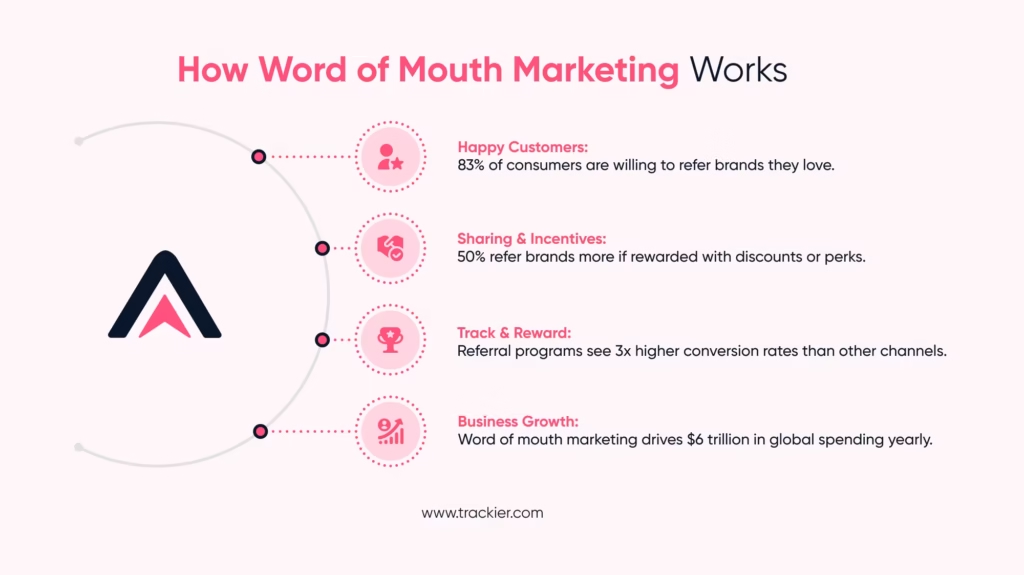
Word-of-mouth marketing occurs when happy customers genuinely promote a brand to their friends and colleagues. It can be organic (e.g., a customer tweeting praise on their own), or structured via referral programs.
Both are practical word of mouth advertising examples that show how recommendations work better than traditional ads.
It also differs from traditional advertising in that it is personal; it is a brand message from someone whom the audience already trusts, instead of a traditional advertisement that merely interrupts viewing.
It is complementary to performance advertising because every click-through action from a referral can be tracked and optimized. For example, you might provide current customers a special discount to share, and use tracking software like Trackier to capture the tracking link and even simultaneously pay them when the discounts are used.
In summary, word of mouth marketing is a way of turning happy customers into referrals or a dedicated group of people.
Why Word of Mouth Marketing Works?
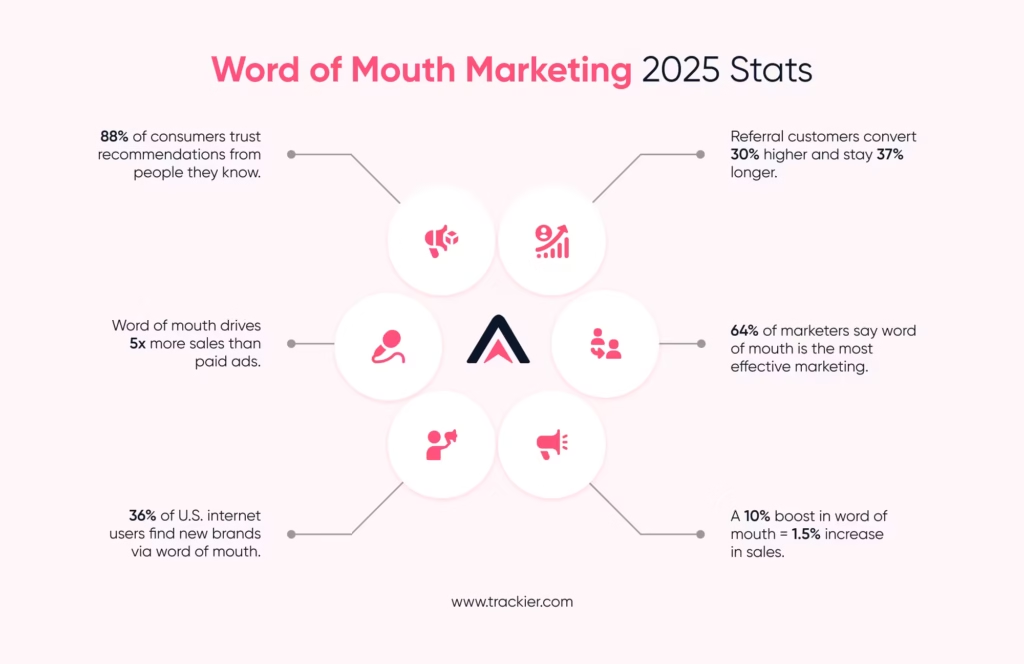
Word of mouth marketing is effective because it triggers strong human instincts. Customers trust personal recommendations from friends, family, or experts much more than traditional advertisements.
In fact, customers sourced from word of mouth marketing examples converted at 30% higher rates and were 37% more likely to still be subscribed to the product a year later, and that is the real word of mouth advertising examples that highlight the power of trust.
That built-in trust also lowers CAC (customer acquisition costs), proving that word of mouth advertising examples deliver both quality and scale.
In summary, word of mouth marketing is very effective because, unlike any other marketing strategy, it doesn’t take an average customer; it takes a better customer.
1. Trust and Social Proof
When you know someone who loves the product, it feels real. Many micro-influencers or customer-influencers are effective too (with just a few thousand followers).
This is because people are skeptical of sponsored ads, and customer-influencers’ endorsement feels real.
Micro-influencers posting reviews are everyday word of mouth advertising examples that drive credibility.
Seeing testimonials online or UGC campaigns are also strong word of mouth advertising examples of how social proof sparks purchase decisions.
2. FOMO and Exclusivity
Another trigger is FOMO, or fear of missing out. Customers jump on exclusive referral reward programs or limited-time incentives for sharing.
For instance, if customers get bonus credits for referring a friend within the week, it creates a burst of referrals. This builds a sense of urgency to refer a friend, to help their friend get an offer, so they do not miss out.
3. Business Benefits
Word of mouth marketing, from a business perspective, can lower costs and increase retention. Since you’re leveraging customers to get new customers, CAC (Customer Acquisition Cost) could be reduced substantially.
Top brands illustrate this: PayPal went from 1 million to 5 million users in a matter of months, all based on their referral program (initially offering $20 for each side of the referral).
This campaign was so effective that it’s become somewhat of a ‘gold standard’ for referral marketing. And, typically, referred users will usually remain loyal customers.
This means ROI compounds over time, and you may pay less in the beginning and earn long-term.
4. Highly scalable
As word-of-mouth spreads, trust builds. McKinsey & Co. estimates that 20-50% of all buying decisions are influenced by word-of-mouth.
In practice, this means that if you can create a handful of fanatical customers, that can lead to thousands of customers.
You can use tools to identify those promoters (just like Slack used their “wall of love” for testimonials), who we can then recruit as loyal customers.
Word of Mouth Marketing Examples Across Industries
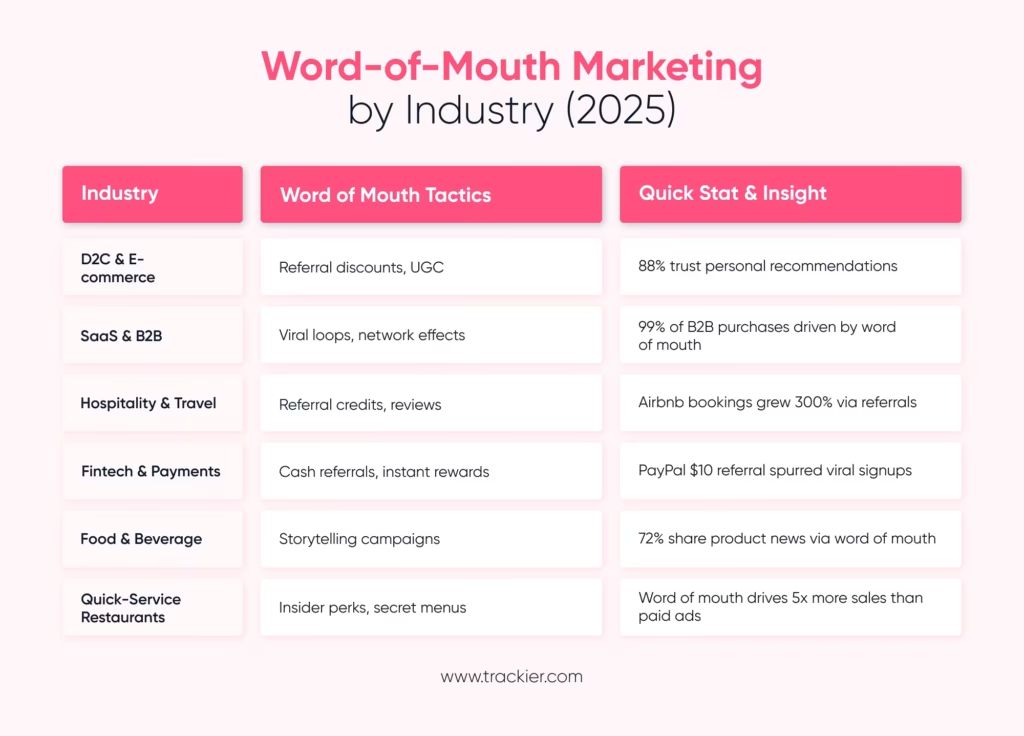
Let’s break down some real-life word of mouth marketing examples from different industries. Each of these provides a demonstration of how it fits for the industry and audience.
1. D2C and E-commerce
For many D2C (direct-to-consumer) brands, customer lists are absolutely crucial. For example, Glossier, a beauty startup, grew by turning buyers into “mini-influencers” by encouraging customers to take pictures of their products and post them to Instagram, tagging their friends, and using hashtags associated with the brand.
This is one of the strongest word of mouth marketing examples in beauty, where UGC turned customers into brand ambassadors.
They would even send loyal fans a referral link and discount. The outcome? With a community of over 3 million Instagram followers and loyal customers who think, act, and sell like a salesperson.
With each enthusiastic review and unboxing, another word-of-mouth recommendation is made.
A specific example is that Glossier offered a referral program where both the referrer and the referred friend could earn store credit.
This created win-win sharing potential. Other brands, like Casper (mattress) and Lyft (rideshare), also use referral programs where both sides win, which is just another word-of-mouth marketing tactic.
Alternatively, your e-commerce store, for example, could set up a referral discount (i.e., 20% off for each friend’s purchase) or a UGC contest (i.e., “post with your purchase and tag us!”). You could provide a link to a resource like our referral marketing email templates for inspiration on what to say.
Case Study: Under Armour – Innovating in a Crowded Market
Instead of diving into the saturated athletic wear space, Under Armour carved its niche by creating high-performance apparel built from microfibers that kept athletes cool and dry.
Their early adoption by athletes created one of the most organic Word of Mouth Marketing Examples in sports apparel.
Founder Kevin Plank gave the first samples to friends on college and professional football teams.
These early adopters spread the word, helping Under Armour gain traction rapidly. Soon, athletes at all levels, their families, and friends were constantly talking about the brand, establishing it as a leader in athletic apparel.
2. SaaS and B2B
B2B and SaaS brands are also made mainly through word of mouth – often driven by network effects. Slack is a well-known word of mouth marketing example: every new Slack user brought their entire company with them.
Back then, Slack first hit 8 million daily users, and it was mostly through word-of-mouth marketing. One employee invited someone, then the whole company signed up for free to sign up, so one user became dozens.
Another example from the SaaS space is Dropbox (even if it is more consumer tech, it went viral).
Dropbox’s referral campaign allowed each party to earn and receive extra storage for referring a friend, all through buzz marketing. Their viral marketing campaign drove a 3900% growth in signups in a few months.
3. Hospitality and Travel
Travel brands use social proof and community trust to validate their service. Airbnb’s double-sided referral program remains one of the most cited word of mouth marketing examples in the travel industry.
A member could refer a friend, and once the friend booked a stay, both parties received travel credits toward a future stay.
This incentivizes people to share, often sharing via social media or messaging groups. This referral program grew bookings and signups by over 300%.
The simple, clear value proposition of $25 off for both the referring member and the new traveler was the secret, and the social proof program exploited people’s innate tendency to share travel recommendations with their friends.
In addition to their official referral program, reviews of hotels and restaurants also serve and increase word-of-mouth. High ratings and reviews on TripAdvisor or Google Reviews are everyday word of mouth marketing examples that create trust before bookings.
Airbnb also socialized the experience so a member could share their referral link easily through email, social apps, or text, making it easy for them to share with their referral networks in social channels.
But what about payout models?
Well, rewards in travel are often received as credits rather than cash. This is contrasted with fintech, where payouts may be sent instantly.
For example, Airbnb travel credits are redeemable for bookings (not withdrawable), which creates incentives for ongoing use of the platform.
Some companies do payout on a monthly basis rather than instantly – a good example is a loyalty program where points build over time.
With Trackier, you can handle any referral model seamlessly: track conversions, measure results, and even automate invoicing for your partners or affiliates. Transparency in reporting is crucial, ensuring every referral is accounted for accurately and efficiently.
4. Fintech and Payments
Fintech represents some of the most well-known examples widespread in referral. PayPal developed explosive growth based on referrals. Users who joined in early periods were incentivized to join and refer new users via cash payouts.
PayPal’s legendary $10 referral program is perhaps one of the most famous word of mouth marketing examples of all time. Users didn’t just sign up; they actively persuaded friends to join.
They offered cash amounts of $20 per user: $20 for a user who signed up, and an additional $20 for the user who referred the new user who signed up. Eventually, the referral amount was reduced to $10, and for this reason, it was called PayPal’s “legendary $10 referral.”
Basically, this cash incentive-to-sign-up referral growth model was viral, as users were literally paying each other to sign up and invite their friends.
The trust factor was also significant: the friends would guarantee to each other that it was safe to sign up with PayPal to cash in on incentives as they signed up.
In payments, brands can either cash out right away (just as PayPal banked the referral bonuses immediately) or accumulate a balance of sorts.
Today, apps like Venmo and Cash App continue to build on similar word of mouth marketing examples, where instant credits or cash rewards keep the buzz alive.
Each cash incentive option has its pros and cons: immediate cash back delivers an immediate reaction, but monthly cashbacks can ensure that fraud doesn’t happen, and if so, as an example, a month-end verification that an actual transaction occurred.
5. Food & Beverage
Example: Chipotle – Storytelling that Inspires Sharing
Chipotle stands out in the crowded restaurant space by turning its commitment to locally sourced ingredients into a compelling story.
Their storytelling campaigns are emotional word of mouth marketing examples, showing how a brand narrative can spread organically.
Through creative campaigns like “The Scarecrow,” which is a a creative word of mouth advertising examples, the brand engaged customers emotionally, encouraging them to share and talk about Chipotle organically.
This approach demonstrates how storytelling and consistent delivery of brand values can drive word-of-mouth marketing effectively.
6. Quick-Service Restaurants
Example: In-N-Out – The Power of Insider Information
In-N-Out has built a devoted following by creating a sense of exclusivity with its “secret menu.” Their “secret menu” has become one of the most iconic word of mouth marketing examples in the restaurant industry.
Fans feel like insiders and eagerly share tips with friends and family, fueling ongoing conversations about the brand.
This is a prime example of how giving customers a unique, shareable experience can spark organic promotion without heavy advertising.
How to Build a Word-of-Mouth Marketing Campaign?
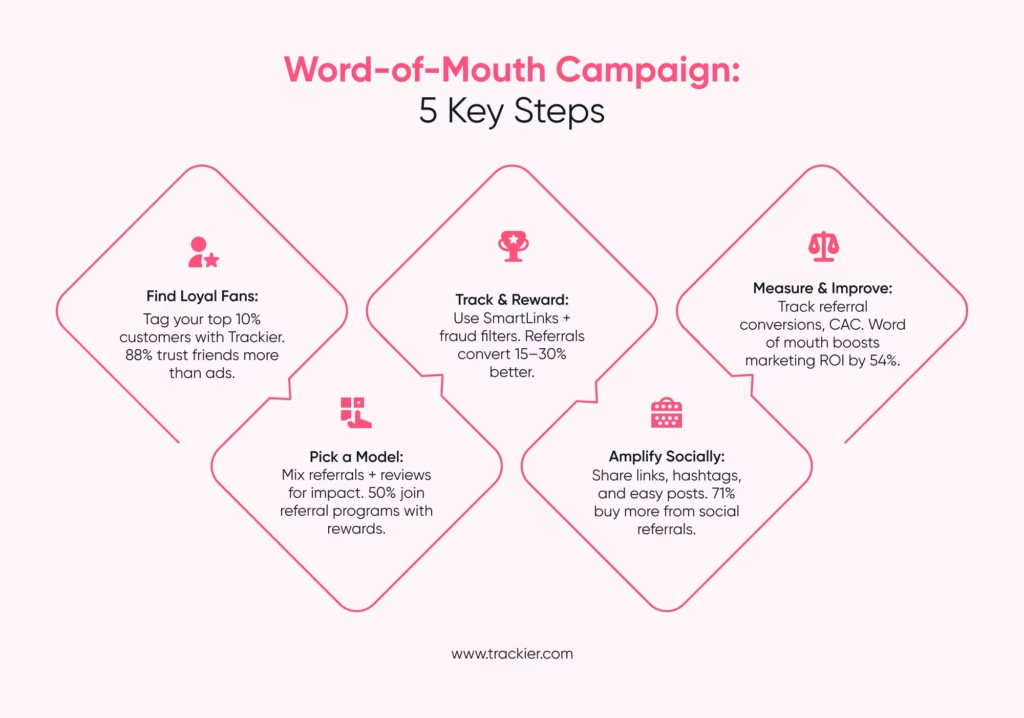
Starting a buzz marketing campaign necessitates clear steps and a definite sequence for finding your potential customers to gather insights. Here are the simple steps:
1. Find Your Loyal Customers
Search for loyal customers, active affiliates, or niche influencers that already love your product. Use analytics or surveys to help identify those who are fans.
E.g., Trackier’s segmentation features allow for tagging high-value customers who are often the most engaged with your brand.
E.g., A software company could select its top 100 users and ask them to beta test a referral program.
2. Choose a Word of Mouth Marketing Model
First, you have to decide if you will focus on referral links, customer reviews, or sharing content/linking to content.
Referral programs are rewarding and bring clarity – reviews add a layer of social proof, and anxiously adding content (blogs, YouTube videos) leads to additional consumers sharing your brand love with zero involvement from the brand.
Many brands successfully use the sometimes all the methods, e.g., A D2C brand would do referrals + encourage consumers to make IG accounts sharing experience or brand love.
Launch Your Referral Program Now
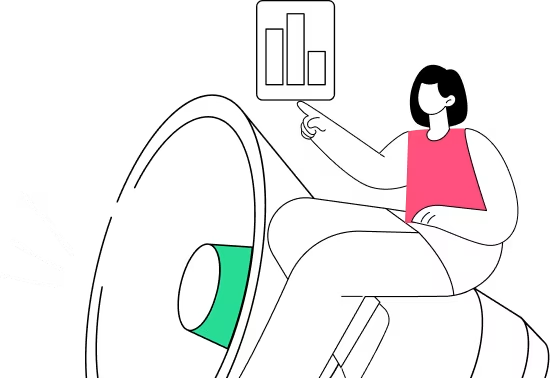
3. Set Up Tracking and Payouts
Here, you will use a platform like Trackier to automate the tracking process. Expand your tracking by creating a unique link or a SmartLink for each customer.
You can establish parameters for payouts ahead of time (cash, discount, points). For example, A SaaS startup establishes that for every friend that signs up (with payment), it will trigger a $50 bonus for the referrer.
In Trackier’s dashboard, you can see real-time referral sign-ups, conversion rates, and ROI of each campaign. You can also add fraud filters so only genuine referrals count.
4. Amplify via Social and Community
Spread the word about your program through social media, email, and local communities. Make it easy to spread the word; offer shareable links, QR codes, or have pre-written messages for friends to use.
For example, A travel agency may ask travelers to post pictures while using a hashtag and then share a referral link for both the referrer and a friend to get credits toward their trip; the travel agency may offer to track total referral credits and have small monthly prizes.
Host community events or webinars where the chance for referrals could be mentioned. For relevancy, engage potential referrals on platforms that relate to your company, like Reddit channels or Discord communities.
5. Monitor KPIs and Iterate
To measure success, be sure to track relevant metrics such as the number of referrals, conversion rate, customer acquisition cost (CAC), and retention rate of referred customers.
You should also monitor specific customers and channels to see how they are performing relative to one another. One particular KPI that is often helpful is the conversion rate on referrals.
In other words, what percentage of referred visitors end up becoming customers? As an example, it may be that your referred visitors from Facebook convert 15% of the time, whereas referred visitors through email convert at 30%.
In this case, it would make sense to increase the email outreach. Long-term value should also be monitored; referring customers tend to stick around longer.
Also, it may be helpful to monitor spikes. If you notice unusual spikes that one of your customers has reported, check for fraud. Trackier offers a fraud prevention feature that would allow you to check for patterns of suspicious activity, and then adjust your commissions paid or referral caps as necessary.
Conclusion: Turn Conversations into Conversions
Word of mouth marketing isn’t just a catchy phrase; it’s a powerful growth strategy. Under Armour used a unique product to drive viral marketing, Chipotle told a story, and In-N-Out provided customers with special access.
These are just a few Word of Mouth Marketing Examples that prove how authentic conversations can scale a brand. At the end of the day, the brands that win are the ones that are able to make their customers talk, share, and become loyal customers for them authentically.
When the marketplace is so crowded and saturated, word of mouth marketing examples allow you to engage with your audience and cost-effectively drive conversions with a high ROI.
And every recommendation from a happy customer has the potential to become free marketing for you, as it compounds over time.
Are you ready to turn those conversations into measurable results? With Trackier, you’re able to keep track of every referral, the performance of every campaign, and automate your partner invoices all in one platform.
Begin small and test your referral campaigns until you find your winner- your advocates will do the rest.
What’s Next:
- Start your first referral campaign
- Track and measure each and every interaction with Trackier
- Optimize and scale your word-of-mouth strategy to maximize your impact
Ready to get started? Book a demo, and watch your customers become your strongest marketers.
FAQs
1. How do brands measure word of mouth marketing?
Brands use both qualitative and quantitative methods. They might track referral promo codes, unique tracking links, or platform analytics to count new customers from referrals. Surveys and metrics identify how likely customers are to recommend a brand. Social listening tools track mentions and sentiment online. While Trackier provides real-time dashboards that show how many referrals came in, conversion rates, and ROI, it turns word-of-mouth into measurable KPIs
2. What is the best referral incentive?
The “best” incentive depends on your audience and margins. Double-sided rewards like cash or account credit (both users benefit) are proven winners in countless word of mouth advertising examples across industries. The key is mutual benefit: both referrer and referee should feel rewarded. Double-sided incentives (both get something) usually outperform single-sided ones. Test different offers. Trackier lets you A/B test incentives to see which one drives more shares and sign-ups.
3. Is WOMM only for B2C businesses?
Not at all. Dropbox, Slack, and PayPal are well-known word of mouth advertising examples in SaaS and B2B. B2B referral programs might target business partners or industry influencers. Even niche B2B communities (like developer forums) can be channels for word-of-mouth. As long as people trust recommendations within a network, buzz marketing works for any sector.
4. How do affiliate marketers get paid in WOM programs?
Affiliate marketers get paid via a predefined commission model. This could be a flat fee (e.g. $50 per referral), a percentage of sale (e.g., 10% of order value), or recurring (a cut of subscription revenue each month). Payouts happen after a referral converts, and often once any return period is over. Trackier automates this: when a tracked conversion meets your conditions, the system logs the amount owed and adds it to the affiliate’s balance. At month-end (or instantly, if you choose), payments are made via PayPal, bank transfer, etc. The affiliate can see their earnings and payment history in their dashboard, ensuring full transparency.
5. What’s the difference between referral marketing and influencer marketing?
Referral marketing leverages existing customers or users to recommend your brand to friends (often with incentives). Influencer marketing involves partnering with individuals who have their own audience (usually online creators or celebrities) to promote your product, often for a fee or product perks. Both are forms of viral marketing, but referrals are typically more personal (someone’s friend or peer), while influencers reach larger but more detached audiences. Trackier can power both approaches: you can track customer referrals through unique links, and also set up influencer campaigns with custom links or promo codes to measure their impact.
